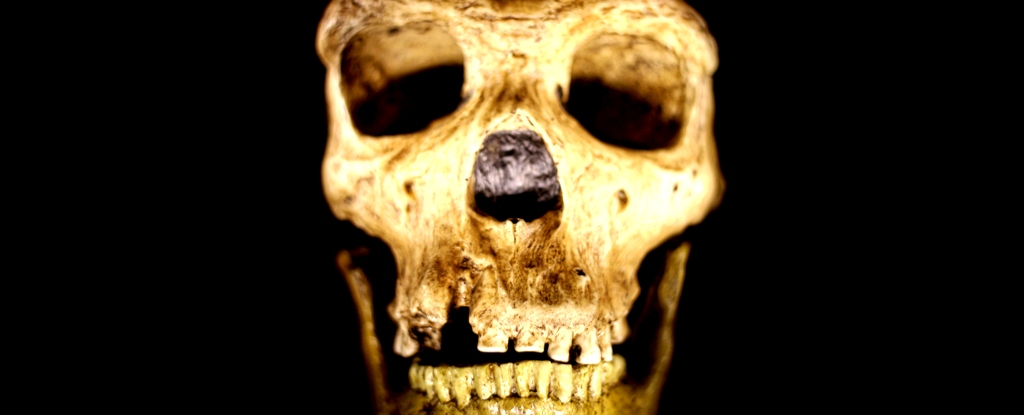
According to an early study, individuals who are early risers may owe their morning habits to Neanderthal DNA.
Unexpectedly, Tony Capra at the University of California, San Francisco, expressed excitement about the findings, stating, “New Scientist reported this was exciting to us, and not expected. Neanderthals and Denisovans passed on DNA that increased our morningness, and this has been retained in modern human populations.”
The study proposes that Neanderthals and Denisovans developed these genetic mutations due to prolonged exposure to colder, darker environments compared to our direct ancestors.
How much Neanderthal DNA do we have?
Most of the DNA in present-day humans originates from Homo sapiens in Africa, but along the way, some ancestors acquired genetic material from extinct human branches like Neanderthals and Denisovans.
Although many variations have diminished over time, individuals of European and Asian descent still carry approximately 2 percent Neanderthal DNA, while those from Papua New Guinea trace about 5 percent of their DNA to Denisovans, as reported by New Scientist.
Neanderthals and Denisovans left Africa hundreds of thousands of years ago, preceding our direct ancestors. This extended time allowed them to adapt genetically to the colder, darker environments of Western and Northern Eurasia.
Our ancestors only encountered such weather about 50,000 to 60,000 years ago during a significant migration into Europe. Hence, genetic mutations inherited from Neanderthals and Denisovans may offer some individuals an advantage during the cold Eurasian winter months.
Tracking mutations
Exploring the potential impact of DNA variations on early-rising habits, Tony Capra and his team at the University of California, San Francisco, delved into whether certain genetic traits from Neanderthals and Denisovans could have influenced our tendency to be early risers, especially in the brief Eurasian winter days.
In their investigation, Capra and colleagues compared the genomes of three Neanderthals and one Denisovan with those of hundreds of thousands of modern humans from the UK Biobank repository.
The analysis revealed over a thousand mutations shared between modern humans and Neanderthals or Denisovans, as reported by The New York Times, with several mutations previously linked to the regulation of the human body clock.
Further examining questionnaire results from individuals in the biobank, the scientists observed that those carrying these mutations were more likely to identify themselves as early risers, a discovery that Capra described as the most exciting moment of the study, according to The Times.
More work needs to be done
While the study offers intriguing insights, caution is advised, according to other scientists.
Biobank studies imply an association between genes and behaviors or symptoms, and establishing a direct link often requires additional experimental work.
Given our early understanding of metabolic regulation, possessing a specific mutation may not definitively determine one’s inclination to be a morning person, as multiple factors are typically involved, as noted by Capra and colleagues in the study.
Joshua Akey at Princeton University commented, “This is an interesting and well-done study, but the relationship between our DNA and traits can be complex. I think the authors have made a compelling case that it should be studied in more detail,” as reported by <em>New Scientist</em>.
One suggested approach for further exploration involves engineering human cells in the lab with the Neanderthal and Denisovan body clock mutations to observe their impact on behavior, as proposed by Michael Dannemann, an evolutionary geneticist at the University of Tartu in Estonia, according to The Times.
The study, published in the peer-reviewed journal Genome Biology and Evolution, represents a significant step forward, offering insights not only into contemporary human DNA but also into understanding Neanderthal biology.
This article was originally published by Business Insider.





